
レザーグレードの概要ガイド。革の種類。
レザーは、その柔軟性と耐久性のために多くの人に愛されています。それは日焼け動物の皮や皮膚から作られており、多くの異なる動物が革を作るために使用されています。革は4つの基本的な穀物や資質を持っています。それらはフルグレインレザー、トップグリーンレザー、純正革、そして穀物の革です。
フルグレインレザーは最高の品質です
フルグレインレザーは、その豪華で滑らかな表面を特徴としており、あれば、傷がある場合はほとんどありません。それは最も人気のあるタイプの革です。表面から天然の跡や不完全さを取り除くために、嗅いで鳴らされたり、バフされたりされていません。その繊維は安定で耐久性があり、穀物は除去されていないためです。穀物は呼吸の特徴を有するので、長期の接触から皮革に水分が少ない。このタイプの革は簡単に磨耗していません。代わりに、それは革を保護する薄層であり、革を着用または腐食による損傷から保護する薄層である。それはまた革を美的見てくれます。高品質の履物や家具の製造に使用されています。
2つの完成品の種類があります。アニリンとセミアニリン。アニリンレザーは革の製造における最も望ましい仕上げです。それは不溶性顔料またはトップコート塗料で上を覆うことなく可溶性染料を使用して排泄される。セミアニリンは薄い保護コートを有し、それはそれを染色および磨耗から保護する。
トップグレインレザーが最も一般的です
トップグレインレザーは、革製品のハイエンドカテゴリの2番目に高い革品質を持っています。その層が離れているので、それはより柔軟で薄くなります。その表面は砂を付け、そしてそれをプラスチックの雰囲気でそれほど通気性が低くするために仕上げコートを添加し、これはそれを冷却器にするように思われる。また、損傷や腐食から保護するPinnaを発展させます。それはより良い汚れ抵抗を持っており、フルグレインレザーよりも安価です。多くの人がこのタイプの革を買うのが丈夫で容易に入手可能です。
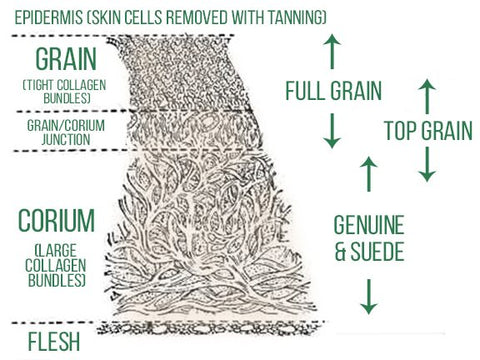
本物の革はその信憑性についての声明ではありません
本物の革は本物の泡から作られています。本物のレザー製品のクラスでは、本革製品は品質が最も低いです。これらの製品は、ハイエンド製品が作られた後に革の残りから作られています。そこから製造された製品は、高品質の革から作られたものと比較して、見ていると感じていません。同様に、本物の革から作られた製品は、彼らが磨耗する前に長続きしないでください。しかし、ほとんどの人は広く利用可能であるため、このタイプの革製品を買う余裕があります。
補正穀物革は不完全性を修正しました
補正穀物レザーは、既知の穀物とも呼ばれます。それは特別なタイプの革です。アニリンや野菜の皮革を作るのに必要な基準を満たすことに使用されていません。人工粒子は上にエンボス加工されており、染料や汚れを使用して服装されています。不完全性は通常洗い流し、次に補正されます。補正穀物は着色皮革を作るために使用されます。このタイプの革は通常店舗内ですぐに入手可能であり、より手頃な価格です。
CPスリッパの贅沢 コレクションは1枚のナパレザーから作られており、それはそれから手作りされてあなたの足の快適さのために完璧さに縫い合わされます。次回の分割払いでは、野菜日焼けの芸術への読者を紹介し、尋ねられた質問に答えます。ビーガンですか?”

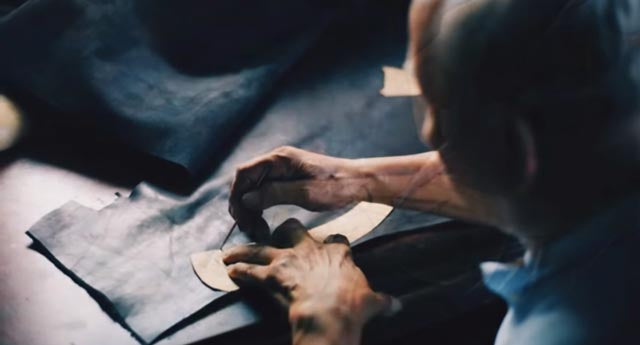

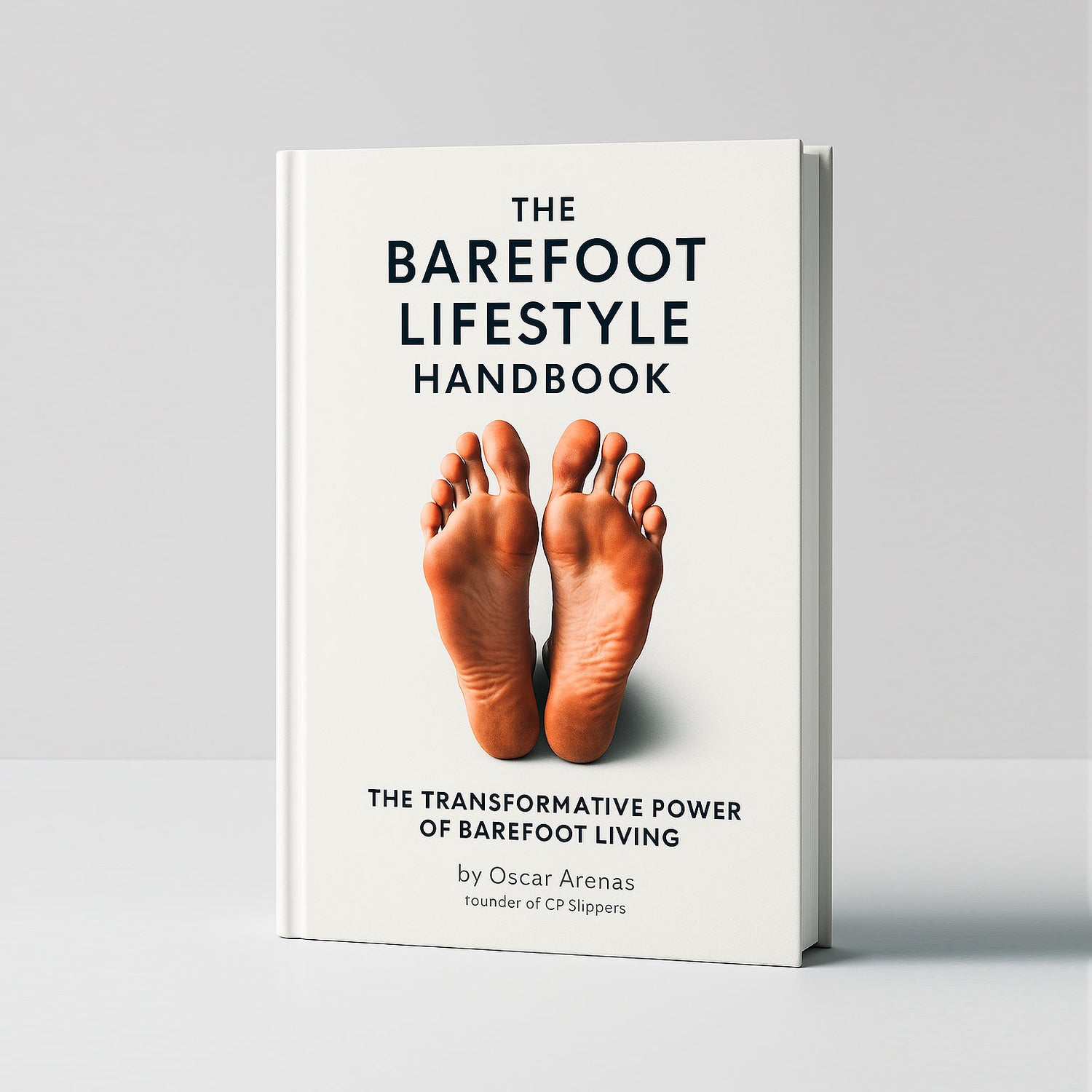
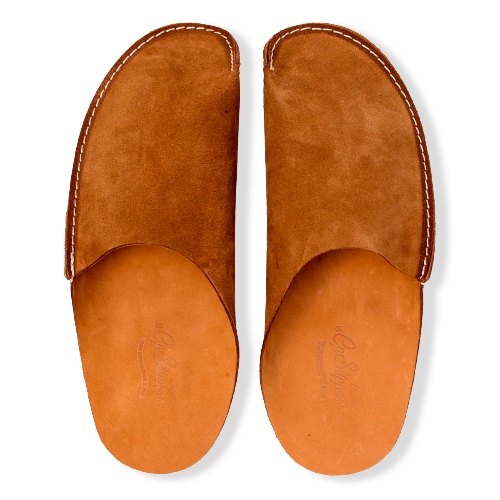
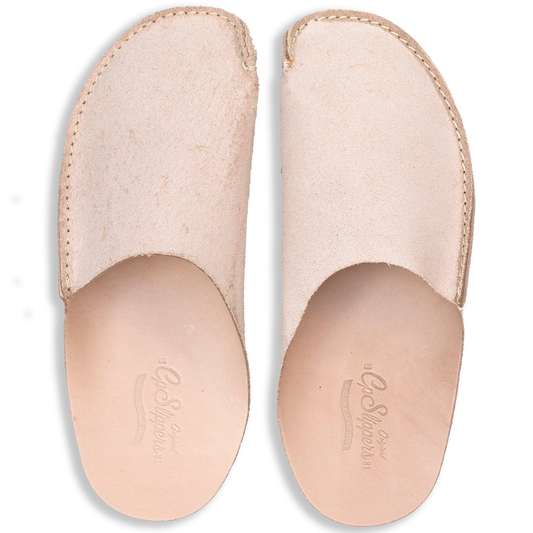
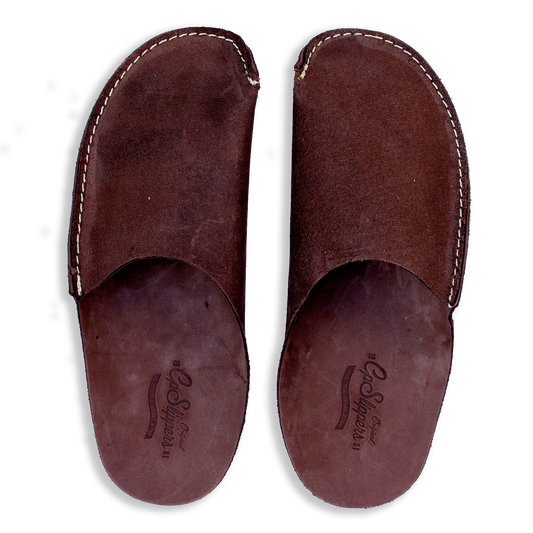
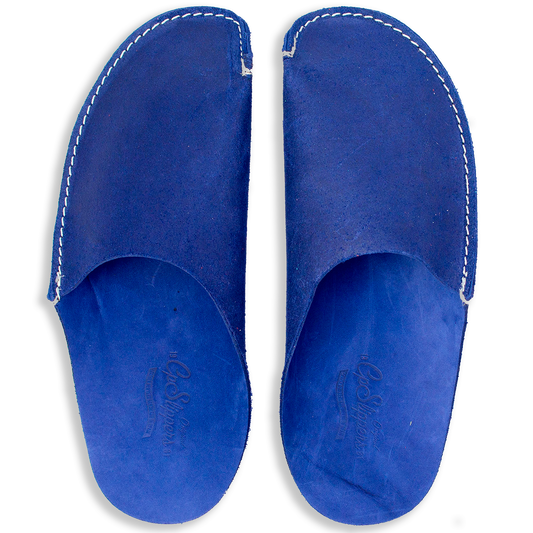
34件のコメント
Thank God for an honest person! I love everything leather and all the misinformation is hugely confusing. If you can share more about leather furniture, I will be ever grateful. I spent $1,000 on a leather couch that is showing a much lighter color in areas of high use after just 5 years. When I replace it, I want leather that will last 15-20 years. How do I find that??
Hey Mike, Thanks so much for your storytelling :) I learned sooooo much; you actually gave me a lot of insights as I’m new in the leather industry and wanting to deliver the highest quality of it to my clients. Blessings to you!
Please give me an idea about which leather is best for making leather handbags, laptop bags and office bags.
This is actually untrue. These aren’t grades used by anyone tanning leather or any major manufacturer in the leather industry.
The story of genuine leather is an interesting one. But it’s a long one with a bunch of different facets…don’t say I didn’t warn you.
The idea that “Genuine is a grade of leather (the 2nd worse one)” is the biggest ‘leather myth" on the internet today. Simply put it just means real. A distinguisher from synthetic. It shouldn’t be taken to mean “good” or “bad.”
Let’s get into how “genuine always=bad” came to be and why it’s still wrong: So back in the day “Genuine Leather” got stamped on all sorts of “good” leather goods. Here’s a packaging tag from my company from the 70’s and 80’s It was a selling point, but as cheap imported goods got more and more common, less than honest companies asked themselves “what’s the cheapest leather that’s still technically ‘genuine’?” Enter: The finished split. A finished split is basically suede that’s covered in either a sheet or PU or a heavy pigment layer. The goal is to make suede look like top/full grain: smooth. The problem with this is that it’s the equivalent of trying to make a smooth dance floor by painting or laying vinyl flooring over shag carpet. With use the outer layer breaks down and you have a mess. Cheap leather goods manufacturers started stamping “Genuine Leather” on things made with finished splits to the extent that much of the leather goods you’d find would be low quality and stamped “genuine leather”…you have to remember this was the 80’s and 90’s people were not as willing back then to drop $50 or $100 on a wallet like today, you just couldn’t find very many quality leather goods outside of smaller makers.
One take home from what happened with genuine leather is that unethical manufactures/tanneries will take whatever buzzword is taken by people as the shortcut for quality and capitalize on it. For example: full grain just means “nothing has been done to alter the outer grain” that means a tannery can actually do less to a leather and it’s still “technically full grain.” Which is why you can’t count on “full grain” alone to be a sign of quality.
There are many exceptions to the “Genuine=Bad” rule. The biggest one is Red Wing Heritage. They’re stamping “Genuine Leather” on the veg-tan sole of Beckmans and other shoes. They are using it “Genuinely” just to mean real. I’ve also noticed that many global and European brands also use it: $3000 Dior Homme Leather Jackets, Article Furniture uses genuine in it’s short descriptions for their full grain aniline Italian leather. Apple’s “official” cases are decent leather but are called “Genuine Leather” in the descriptions. Search “Genuine Leather” on Kickstarter and you’ll notice that many projects that are obviously using decent leather from France, Spain, Italy and other parts of Europe use it to describe what they use (probably just a translation thing.)
The origin of Genuine (and the rest of these terms) as grades
Calling genuine leather a grade of leather is probably one of the worst misconceptions to plague my industry. It’s forced my Dad, a 70 leatherworker who’s worked with leather most of his life, to have to take it out of his vocabulary when he talks to uninformed customers. Many smaller leather companies, my own included, have had to remove the word from our websites for fear of people getting confused.
This all started with a video and related article where a big leather goods manufacture broke down some “grades of leather” in a very slanted and misleading way. This video went viral. These “facts” got repeated everywhere and now several times a week someone here on Reddit says “genuine is the second worst grade of leather.” Some newer companies have even repeated this nonsense breakdown in their product descriptions. Genuine has never been a grade, you can’t call up a butcher and ask for just real beef. You can’t call up a tannery and ask for “genuine leather” the term is just too broad, there are so many other words used in our industry to describe leather.
This entire “grading system” isn’t used by any government, majory tannery trade group, or regulating authority anywhere: it is completely made up.
So was this misrepresentation of facts on purpose?
You bet ya. If these articles had simply said “genuine sometimes means”, I’d have no problem, but they go so far as to claim it’s some sort if secret “industry term” which is wrong. Industry terms are specific; sometimes so specific that they aren’t understood by those outside the industry. Genuine leather is such a broad term and that it’s useless as a specific descriptor. So it’s hard to see those statements as anything but a malicious misrepresentation of facts to pump up the product. It caught on because it’s got this “click-baity”, you think it means ‘x’ but it really means this ring to it. Kind of like the “USA is a city in Japan” urban legend
Lastly, I’ll tell you: I get weekly emails from less expensive tanneries all the time and they never use the word genuine. They use real, full grain, veg-tan…plus a whole bunch of real industry terms that I won’t get into here.